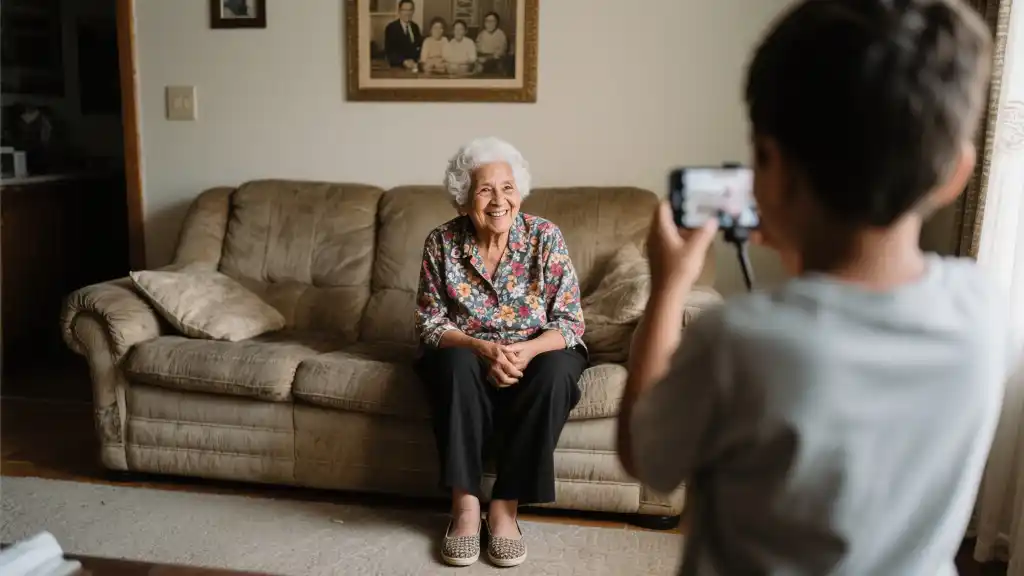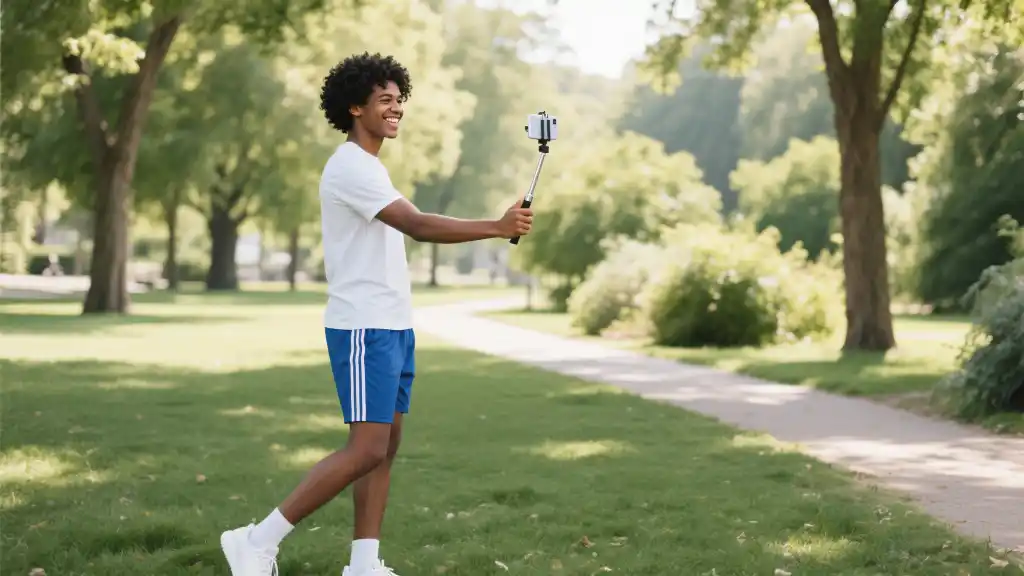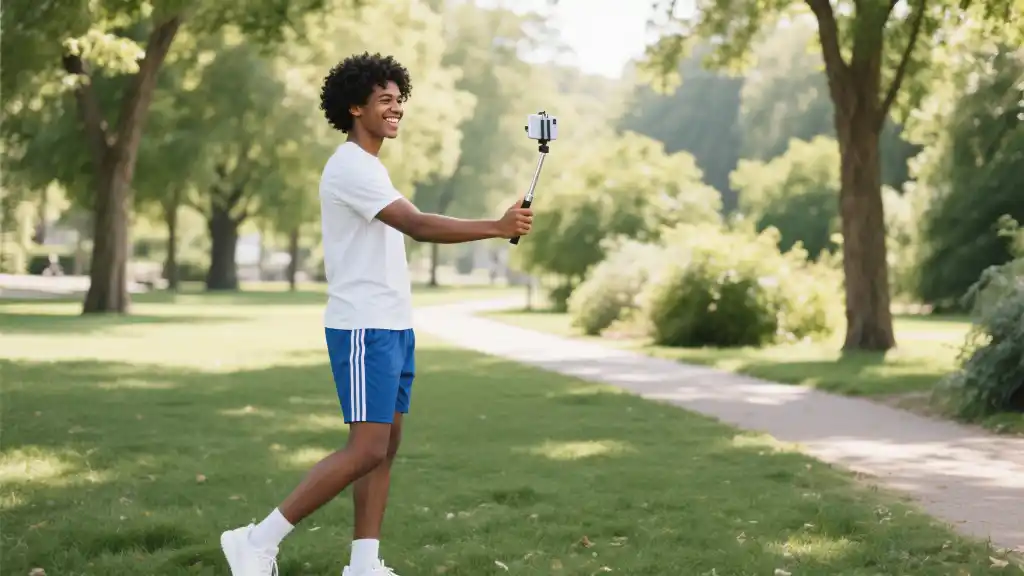Article directoryCloseOpen
From understanding the importance of lighting and composition to exploring advanced editing tools, we provide practical advice that empowers you to elevate your craft. You’ll discover how to effectively use your camera settings, select the right equipment, and develop a unique style that resonates with your audience.
But it’s not just about the technical side; we also discuss the creative aspects that make photography and videography truly captivating. Learn how to tell a story through your images, evoke emotions, and create unforgettable experiences for your viewers. With a blend of inspiration and actionable tips, this article is designed to guide you on your journey to becoming a skilled photographer and videographer. So, are you ready to take your skills to the next level and master the art of visual storytelling like a pro? Dive in and let’s embark on this exciting adventure together!
## Understanding the Basics of Photography
Photography is more than just snapping pictures; it’s about capturing moments that tell a story. To truly master photography, you need to delve into certain foundational elements. Let’s break them down.
Composition: Framing Your Shot
One of the first things you should learn about is composition. This refers to how you arrange elements within your frame. Good composition leads the viewer’s eyes to the main subject of the image.
Lighting: The Key to Great Photos
Lighting can make or break your photos. Understanding how to manipulate light is essential for any photographer.

Diving into Videography Essentials
When it comes to videography, the foundational principles still revolve around telling a story, but you also need to consider movement and sound.
Camera Movements: Adding Life to Your Shots
Good videography involves more than just static shots. You’ll want to learn different camera movements to keep your audience engaged.
Sound Design: The Unsung Hero
Many overlook audio, but clear, high-quality sound is crucial. It can enhance the emotional impact of your video significantly.
Essential Equipment: What Should You Have?
Having the right equipment can elevate your skills in both photography and videography. Here’s a quick look at what you might need:
| Equipment | Purpose | Recommended Type | Price Range | For Beginners |
|---|---|---|---|---|
| Camera | Capturing Images/Videos | DSLR/Mirrorless | $500
|
Yes |
| Tripod | Stability | Flexible/Standard | $50
|
Yes |
| Lens | Image Quality | Prime/Zoom | $200
|
Depends |
| Microphone | Audio Quality | Lavalier/Shotgun | $50
|
Yes |
Techniques to Develop Your Style
Finally, developing your unique style is key to standing out in photography and videography. Here are some ways you can work on this:
It’s all about practice and evolving as an artist. Don’t be afraid to make mistakes along the way; they are often the best teachers on your journey to mastery.

To elevate your videography, it’s essential to get a handle on various camera movements. For instance, mastering techniques like panning and tilting can add significant dynamism to your shots. Panning involves moving the camera horizontally across a scene, which is great for following action. Tilting, on the other hand, allows you to adjust the angle of the camera up or down, adding depth and perspective. Both techniques can create visually interesting footage and help tell your story more effectively.
Sound design is another critical aspect that should not be overlooked. The audio elements you incorporate can significantly enhance the overall vibe of your video. Background music, sound effects, and clear dialogue can all come together to create an immersive experience for your audience. On top of that, honing your editing skills will allow you to tighten up your footage and ensure smooth transitions between scenes. Paying attention to the audio levels is equally important, as crisp sound can elevate the quality of your video, making it feel more polished and professional. Overall, practicing these techniques can set your work apart and keep viewers engaged from start to finish.
What equipment do I need to start in photography and videography?
To get started, you’ll need a decent camera, which can either be a DSLR or a mirrorless model, along with a sturdy tripod for stability. A good lens is essential for capturing quality images, while an external microphone can greatly improve your audio quality for videography. Basic editing software can also enhance your final product.
How can I improve my photography skills quickly?
The best way to improve quickly is to practice regularly. Try different styles and techniques, such as experimenting with composition and lighting. Joining photography communities or taking online courses can also provide valuable feedback and tips to help you grow.
What are some key techniques to enhance my videography?
Key techniques include mastering camera movements such as panning and tilting, using effective sound design to support your visuals, and incorporating storytelling elements to engage viewers. Practice editing to ensure smooth transitions and clear audio, which are crucial for professional-looking videos.
How important is post-production in photography and videography?
Post-production is incredibly important as it allows you to refine your work, correct any issues, and add creative touches. For photography, this can include color correction and cropping; for videography, it involves editing footage and syncing audio, which all contribute to a polished final product.
Can I learn photography and videography online?
Absolutely! There are countless online resources, including tutorials, courses, and forums that can help you learn. Platforms like YouTube, online education sites, and photography blogs offer valuable insights and practical advice for aspiring photographers and videographers.
